Spring brings lush green meadows, bright flowers, leaves and sun. But what pleases the eye can be dangerous, as senior doctor Katrin Romanek from the Munich Poison Emergency Center says. Around 45,000 calls are received there every year, four fifths of which come from all areas of Bavaria. Callers usually have questions about pharmaceutical products or household chemicals. But now the time is beginning when poisonous plants are becoming more and more common. “Exposure to plants is very common,” says toxicologist Romanek somewhat succinctly. For children under 14, they are the second most common reason for calls. “Most of the time nothing happens,” says Romanek. However, there are plants that make her prick up her ears. You should know these ten local poisonous plants.
hemlock
Many people have already heard of the “hemlock cup”. In ancient times, it contained a drink made from the juice of spotted hemlock. Those sentenced to death had to empty the hemlock cup containing the deadly drink. Socrates was probably the most famous victim of this method of execution. The philosopher, who lived in ancient Greece from 469 to 399 BC, died of respiratory paralysis while fully conscious. The spotted hemlock is not very common in Germany, says Romanek, but it is one of the most potent local poisonous plants. The plant is said to smell like mouse urine.
Monkshood
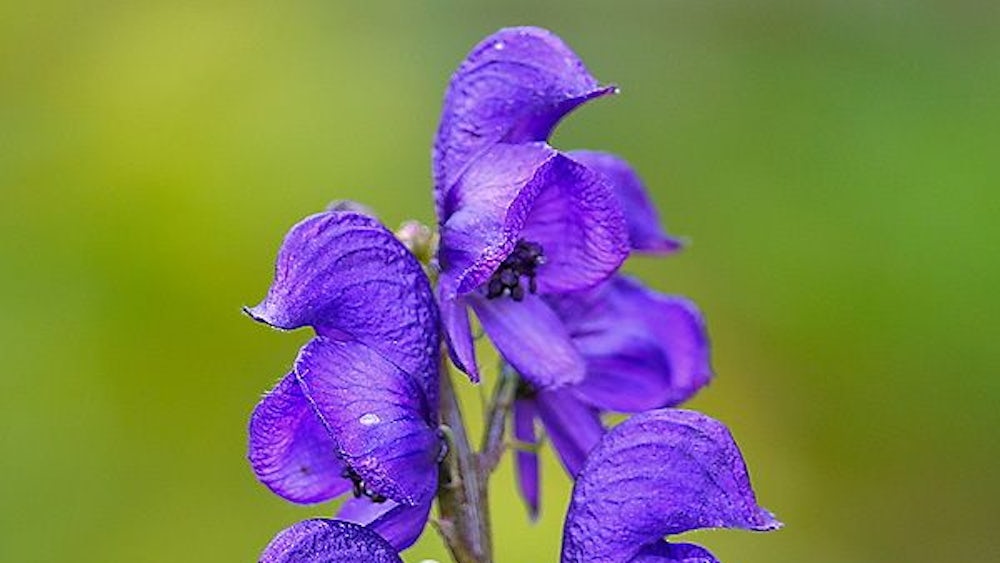
According to legend, the blue monkshood comes directly from hell: When Hercules kidnapped Cerberus from the underworld and dragged him by the chain into the daylight, the three-headed hellhound dripped saliva from its mouth. New, beautiful flowers grew from the drool on the ground: blue monkshood. Parents should avoid planting the perennials in the garden, even if you have to “eat a relevant amount of them” to die from them, as Romanek says. “About a handful.” The plant probably got its second name “Wolfswurz” because hunters are said to have poisoned arrowheads with blue monkshood in order to kill wolves.
Autumn crocus
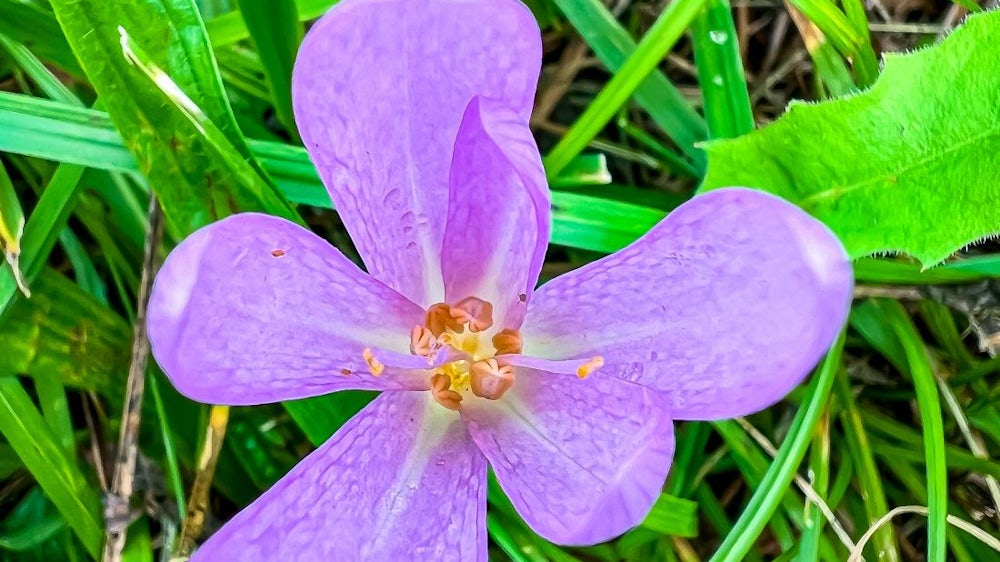
Wild garlic tastes similar to garlic and is often collected for salad or pesto. But he has a deadly double, as Romanek says: the autumn crocus . In 2021, a man from the Freising district prepared a sauce made from what was supposed to be wild garlic. In reality they were autumn crocuses. Even though he only ate a few spoonfuls of it, he didn’t survive. There is no specific antidote for the autumn crocus poison colchicine. Therapy can only address the symptoms.
lily of the valley

The principle “dosis facit venenum” – the dose makes the poison – applies to many poisonous plants, including lily of the valley. They look beautiful, smell enchanting and the poison can be fatal. Also for pets. In 1867, the Göttingen pharmacologist Wilhelm Marmé carried out animal experiments with the active ingredient convallatoxin, which is contained in lily of the valley, and determined the lethal dose for dogs. Symptoms of poisoning in humans can include diarrhea, visual disturbances and even cardiac arrhythmias.
yew
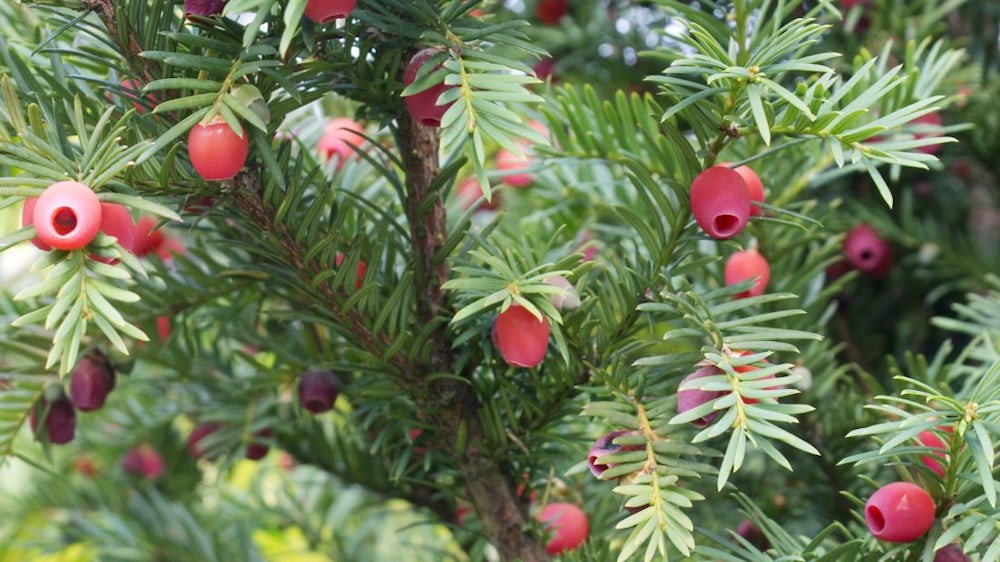
The yew was once revered as a sacred tree. There are particularly frequent inquiries about it, says Romanek, because the red berries look so tempting – but apart from the seeds they are not poisonous, and only if you bite them. The needles of the yew tree are particularly poisonous. They contain taxine, which can be fatal to adults in quantities of 20 to 100 grams. Poisoning leads to respiratory paralysis, vomiting and heart failure. The yew, like a number of poisonous plants, is also a medicinal plant. Recently, their needles have been used to produce a drug that is used in cancer therapy.
Common Laburnum
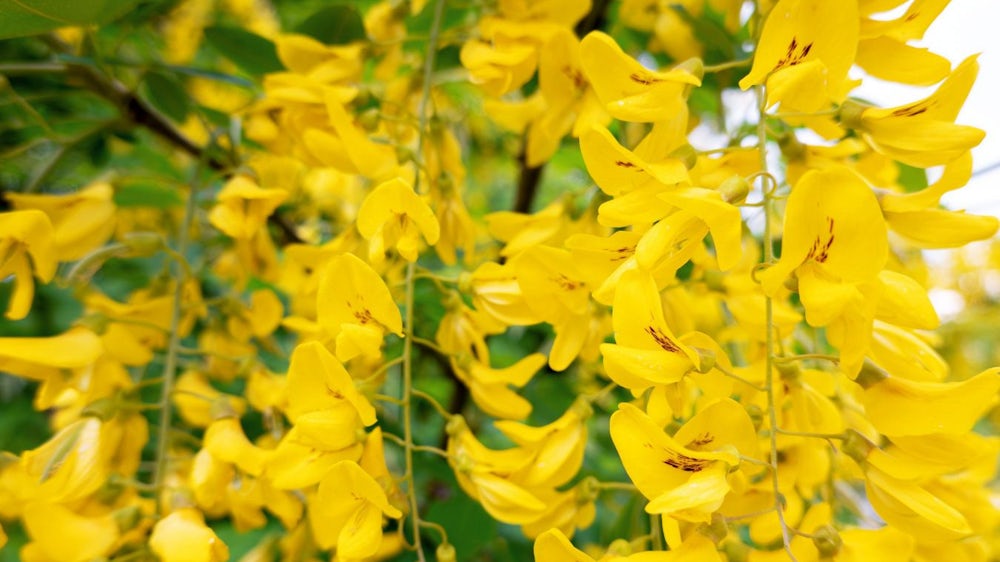
The name comes from the numerous hanging yellow clusters of laburnum that bloom in May. Romanek recommends monitoring if children are suspected of sucking on the pretty flowers or eating them while playing – the pods of the laburnum are reminiscent of beans or peas, which can easily lead to confusion. A single pod is enough, she says, to cause “clinically relevant poisoning.” However, these are rare. The golden shower was once used by soldiers as a substitute for tobacco. Today its ingredients can be found in medications that are intended to help people quit smoking.
Black belladonna
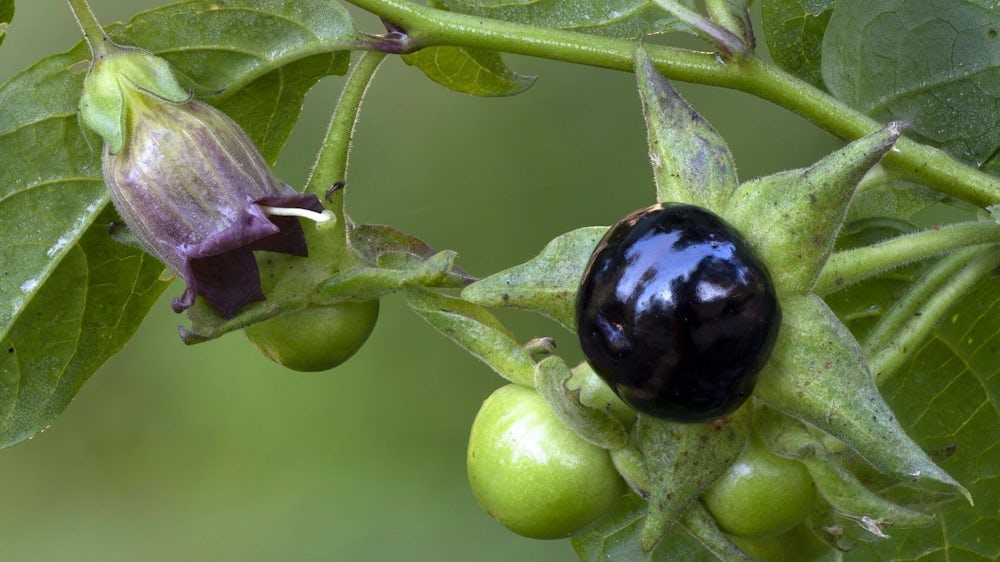
The Latin name Atropa belladonna probably comes from the fact that women in the Renaissance ate belladonna to dilate their pupils, which was considered attractive at the time. Deadly nightshade is still used today to make eye drops. It is intentionally consumed by people for intoxicating purposes – the berries are rarely eaten by children, as Romanek says. They can cause heart palpitations, hallucinations and other intoxicating states.
Black henbane
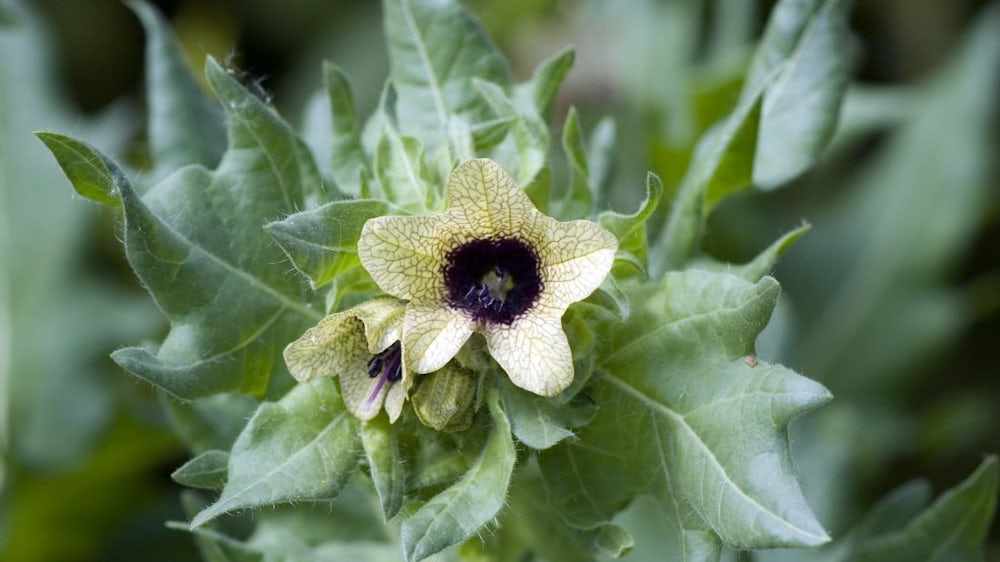
Intoxicant and medicinal at the same time – black henbane has been considered a plant with strong effects for thousands of years. The Roman scholar Pliny the Elder (23 or 24 to 79 AD) already described the effect. Until the introduction of the German purity law in 1516, black henbane was sometimes added to beer. Some even claim that the name Pils comes from henbane. The plant contains so-called tropane alkaloids, which can inhibit parts of the nervous system. It has analgesic, narcotic and hallucinogenic effects. Romanek expressly warns against consuming this plant.
Pfaffenhütchen
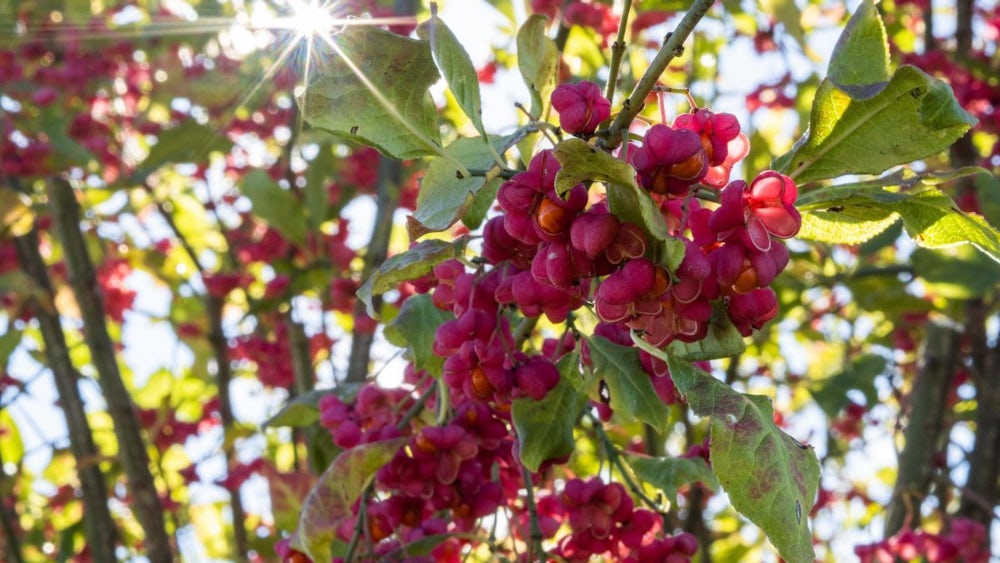
The Pfaffenhütchen shows its bright fruits in autumn. Its wood was once used to make organ pipes, shoe nails and knitting needles. However, all parts of the plant also contain poisons that can cause fever, colic and cardiac arrhythmias. According to Romanek, it is common for children to swallow some of the fruit, but most suspected cases remain symptom-free. The toxicologist is not aware of any deaths.
White Germer

The plant, which is also called Brechwurz, grows mainly in the Alps. You can easily confuse the white german with the yellow gentian, which also thrives in the mountains and makes both an important medicinal herb for digestive problems and a fine schnapps. White Germer contains toxic alkaloids that can cause nausea, vomiting and severe diarrhea – and in the worst case scenario can be fatal. Scientists suspect that Alexander the Great died from white germ poison – the plant was often used as an emetic in ancient Greece.
The Munich poison emergency number can be reached around the clock on 089/19 24-0. If children have eaten poisonous plants, Romanek advises parents to stay calm, take a photo of the plant or tree and take a piece of the plant with them to the doctor. It is also helpful to identify the plant with an app. Most of the suspected cases were mild; out of 50 callers, Romanek sent one suspected case to the clinic. As a prophylactic, children can be given activated charcoal, which is supposed to bind toxins in the stomach so that they do not enter the bloodstream. Children should not be made to vomit, nor should they be allowed to drink salt water or milk.

